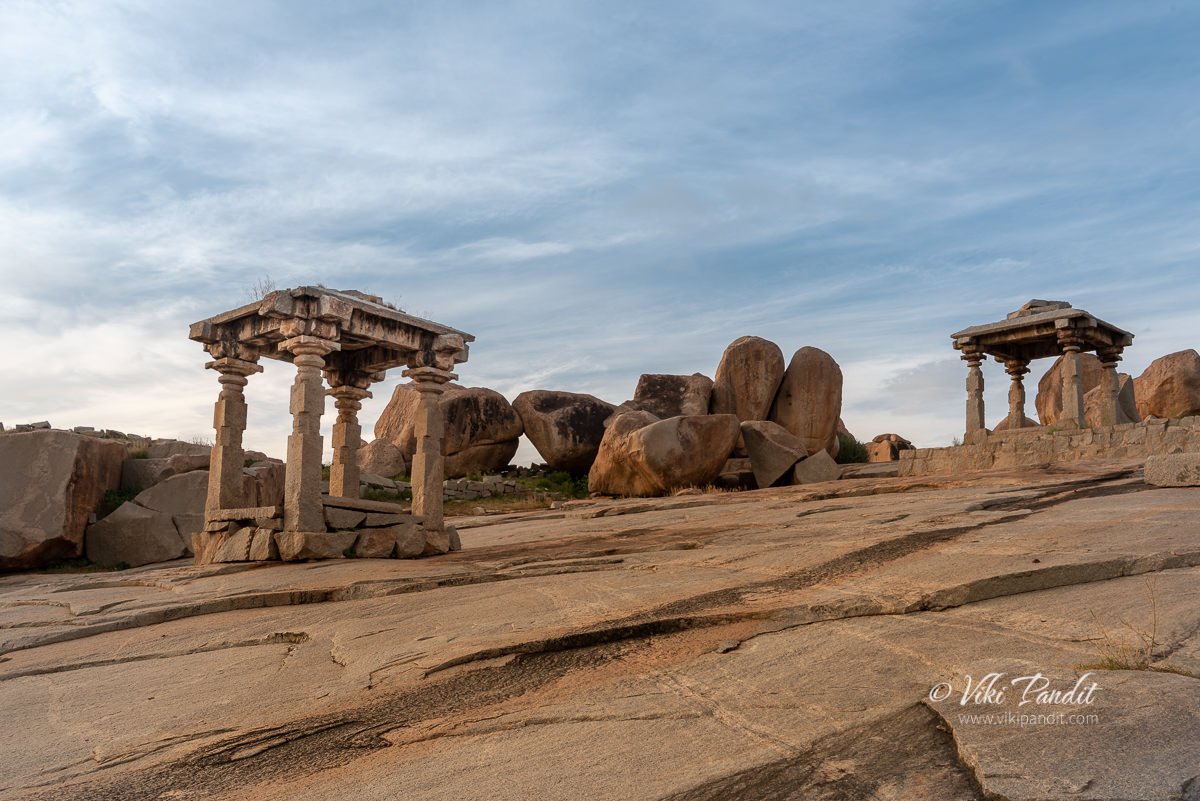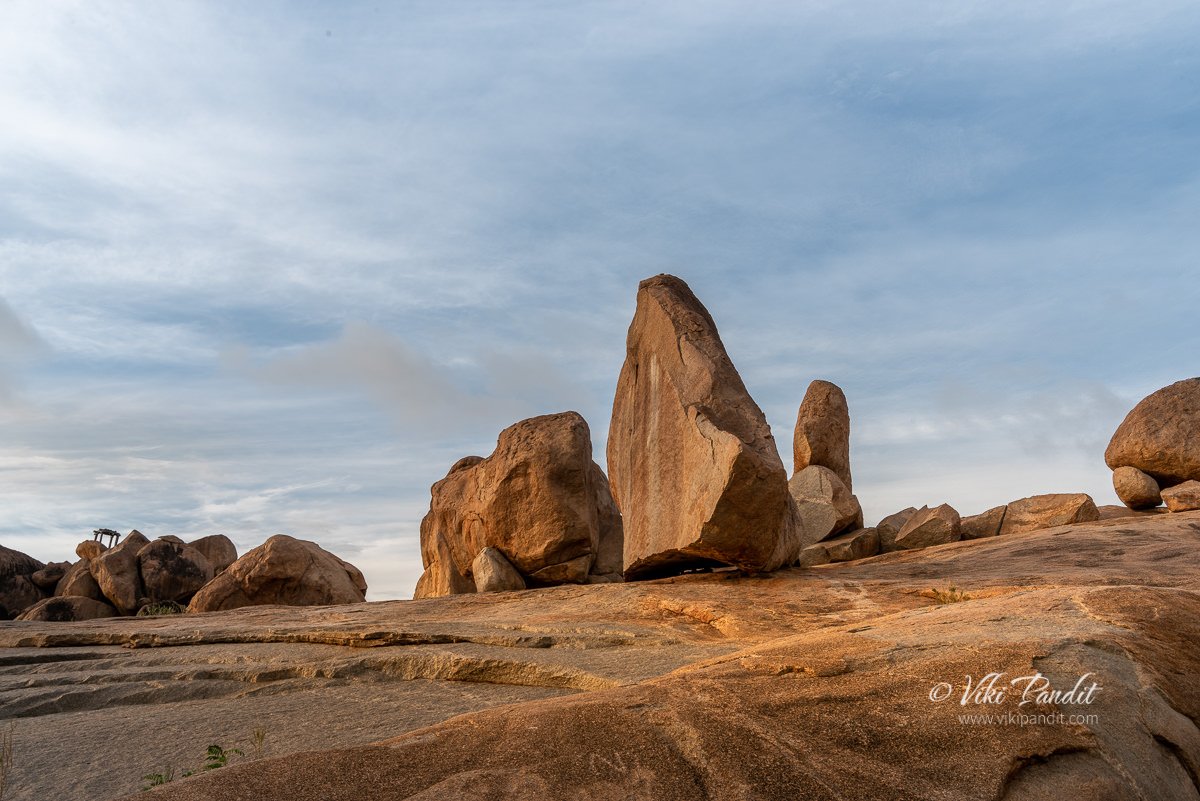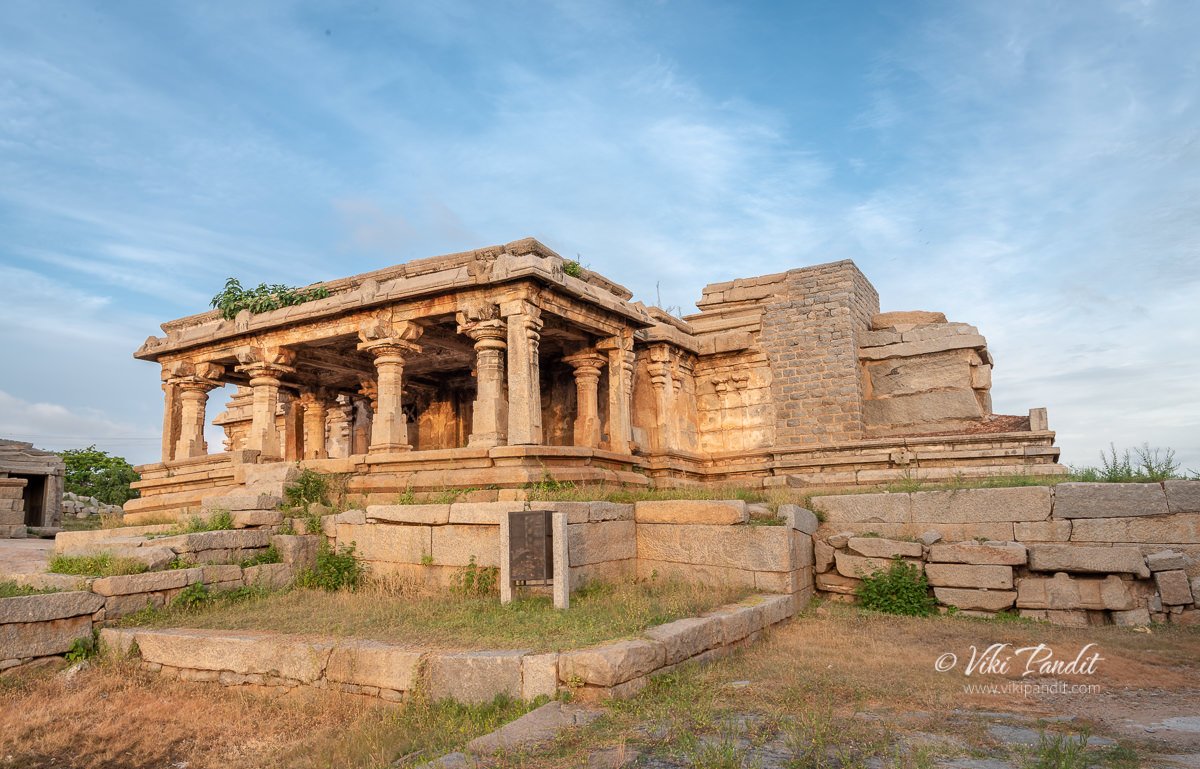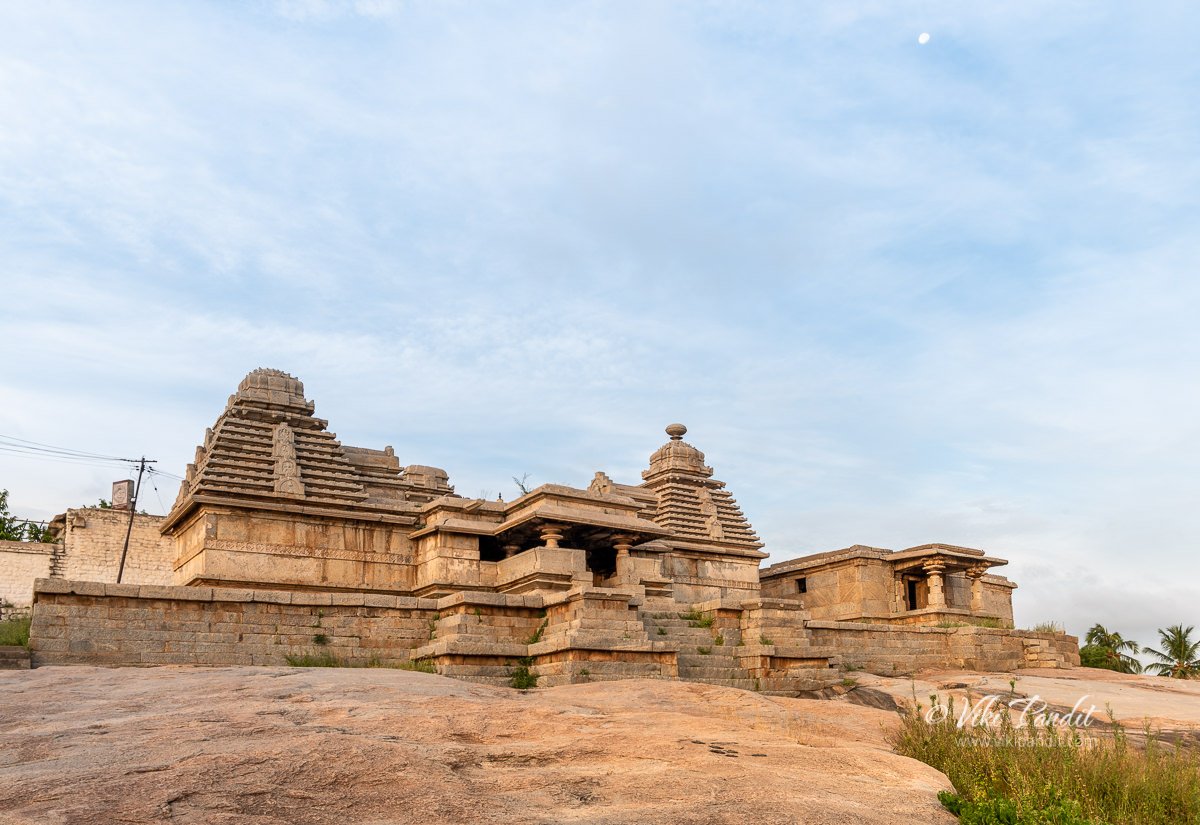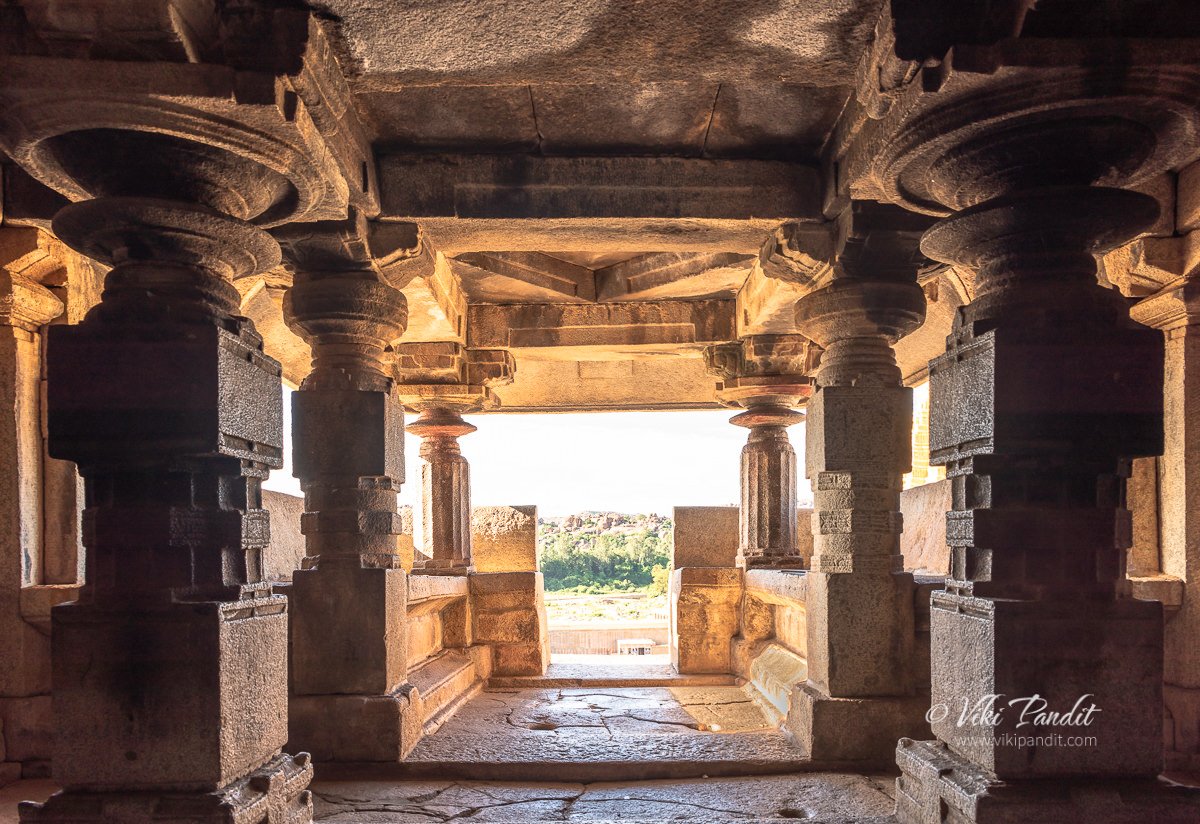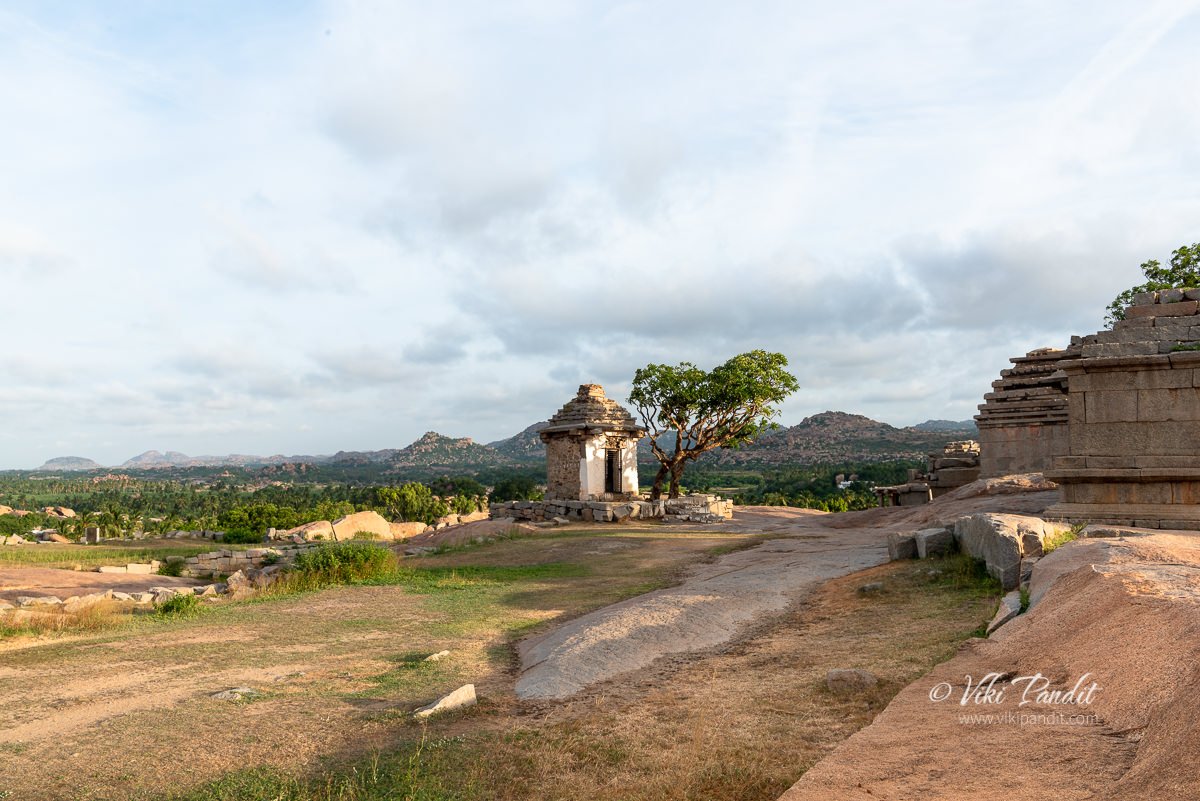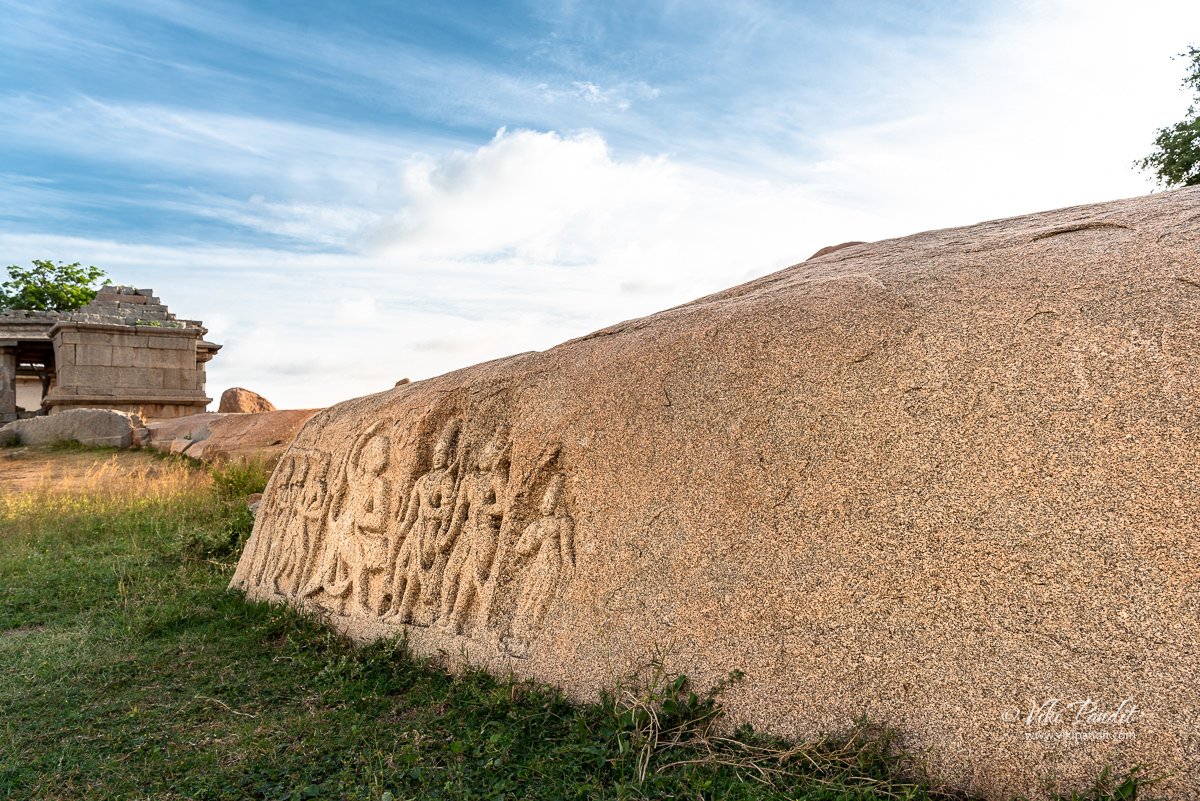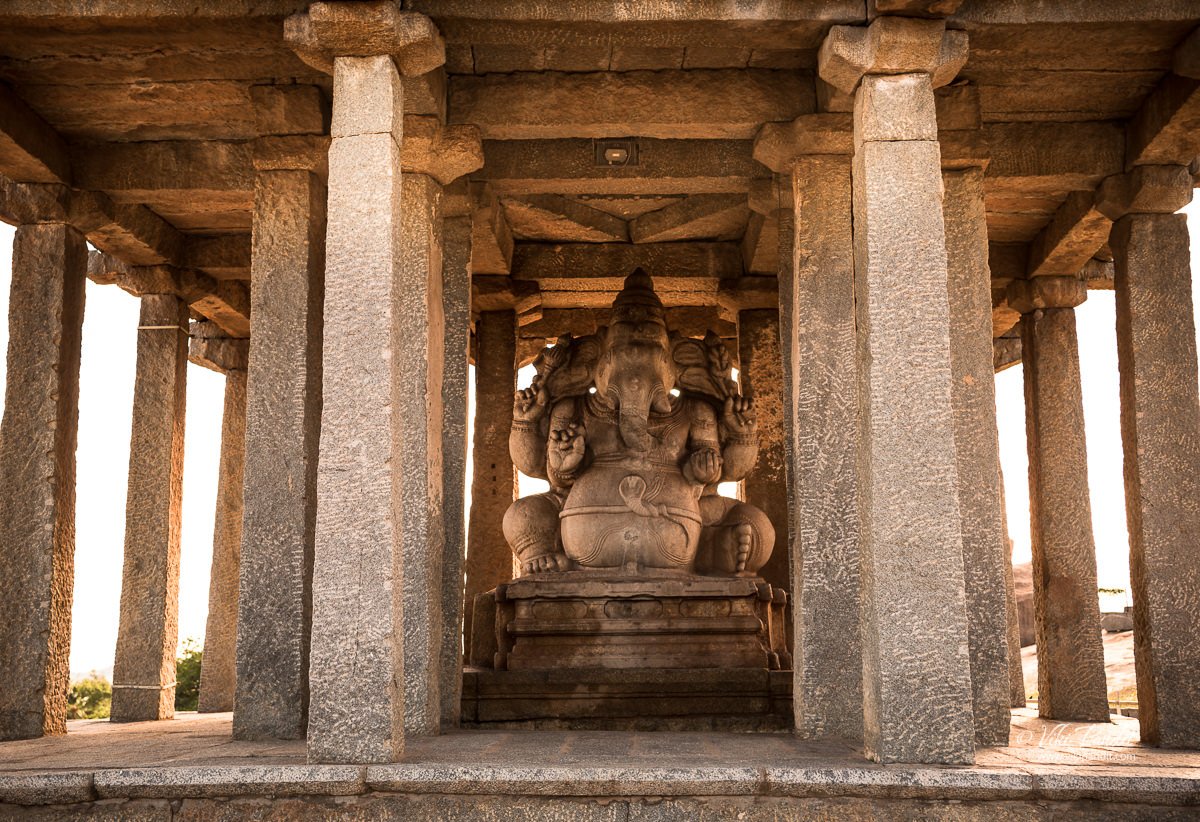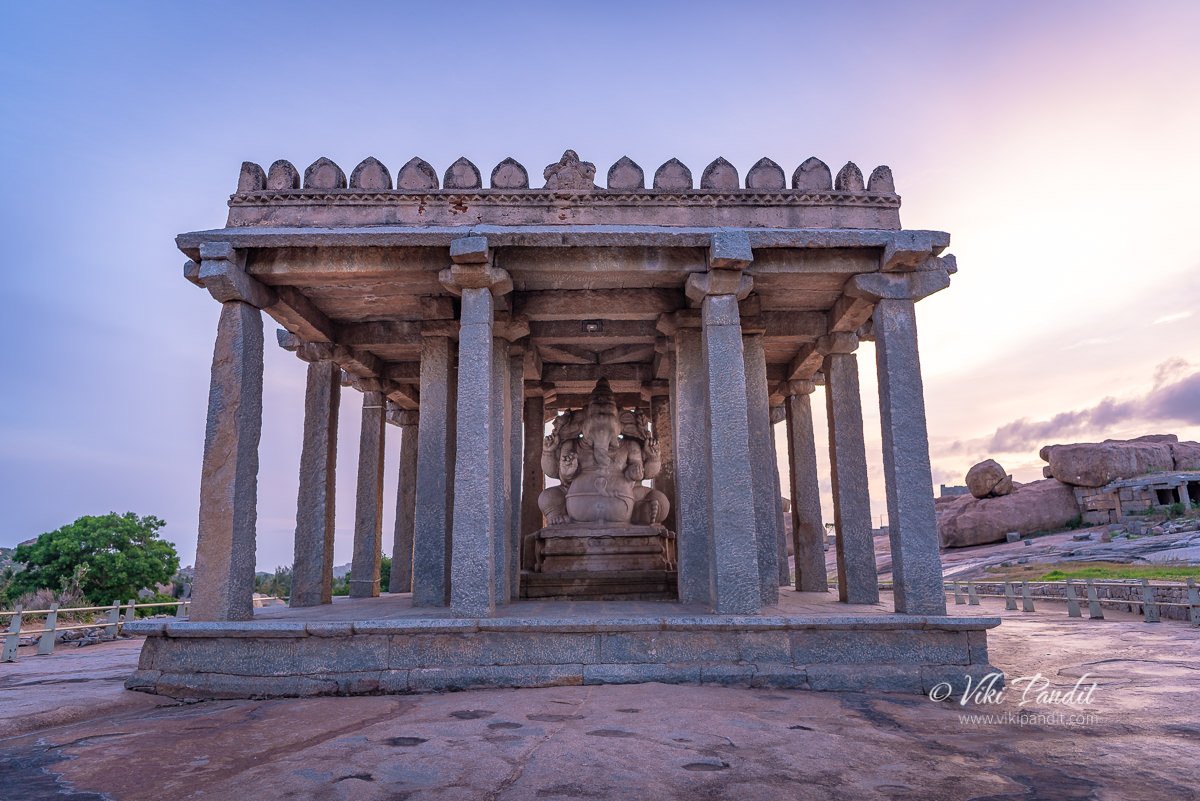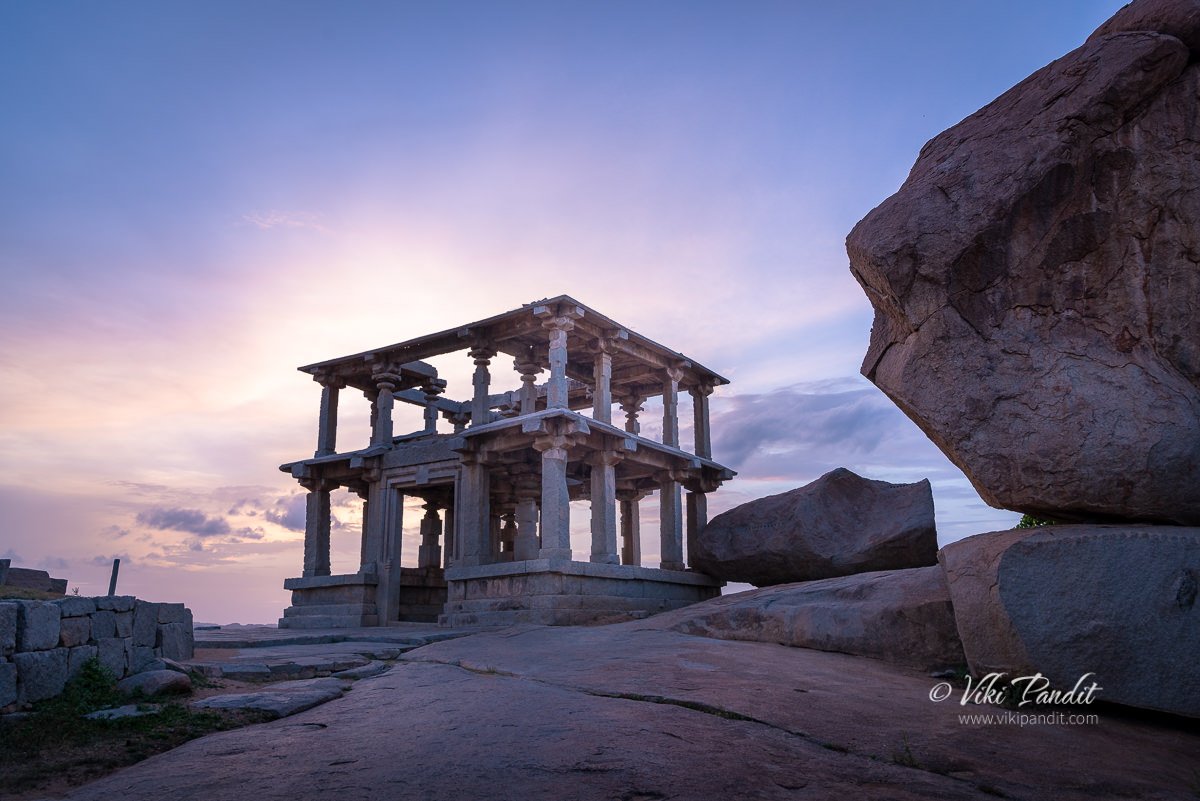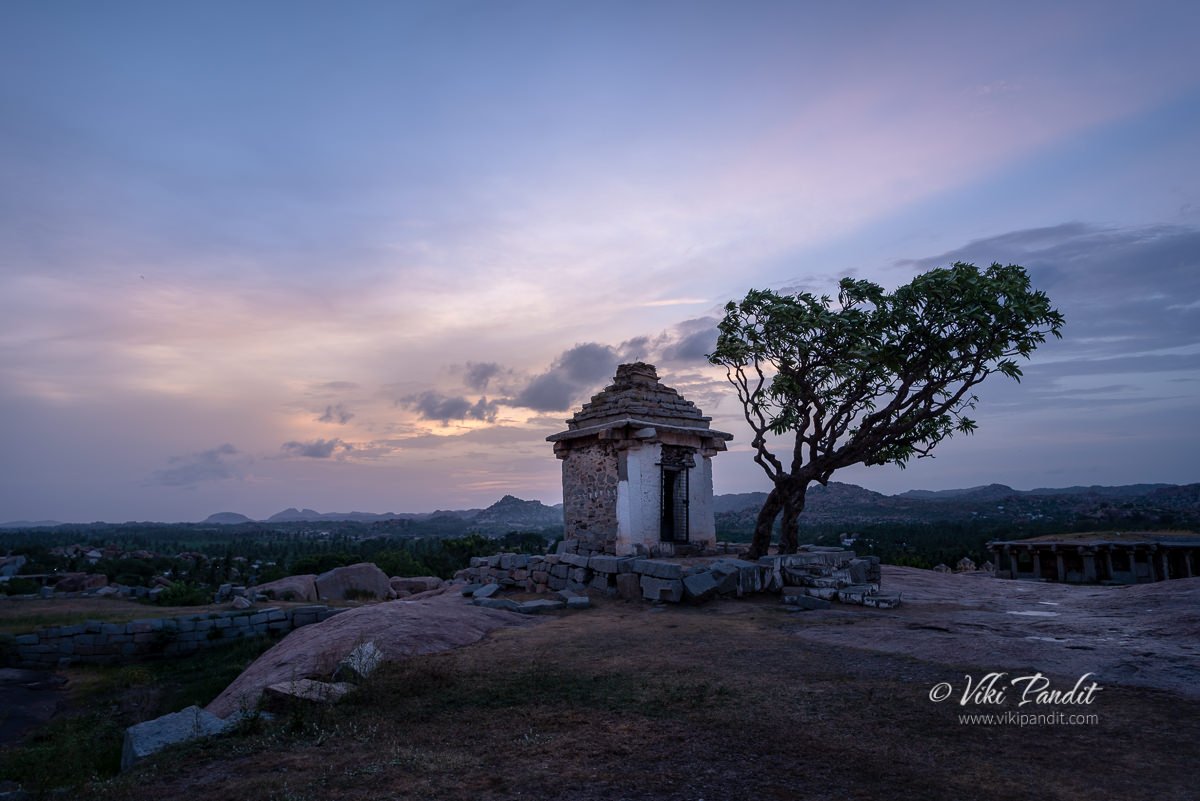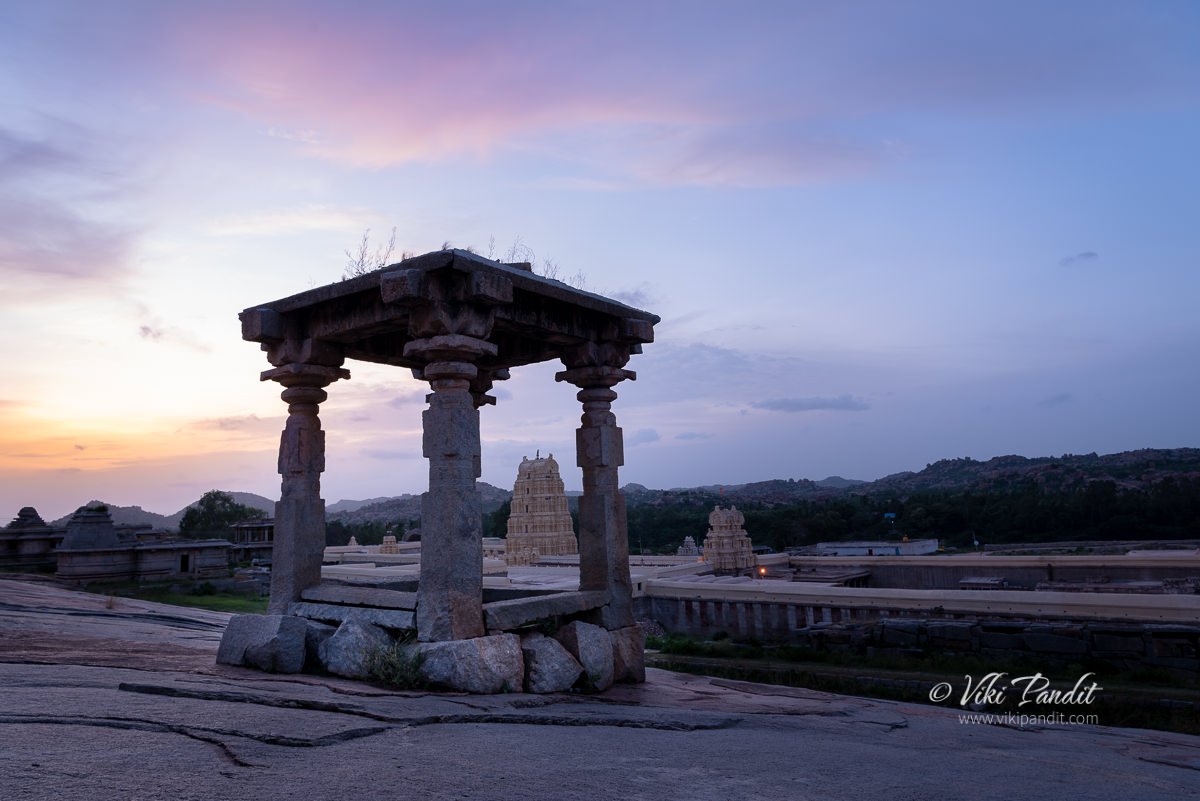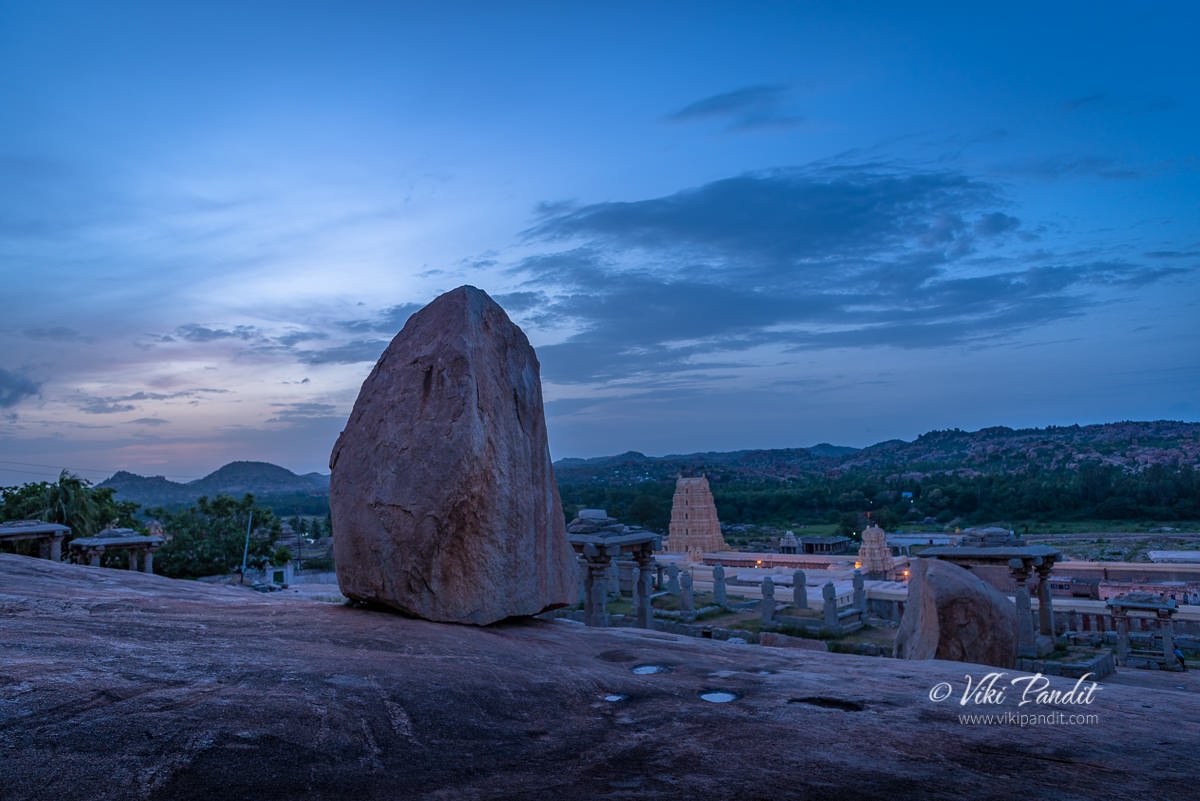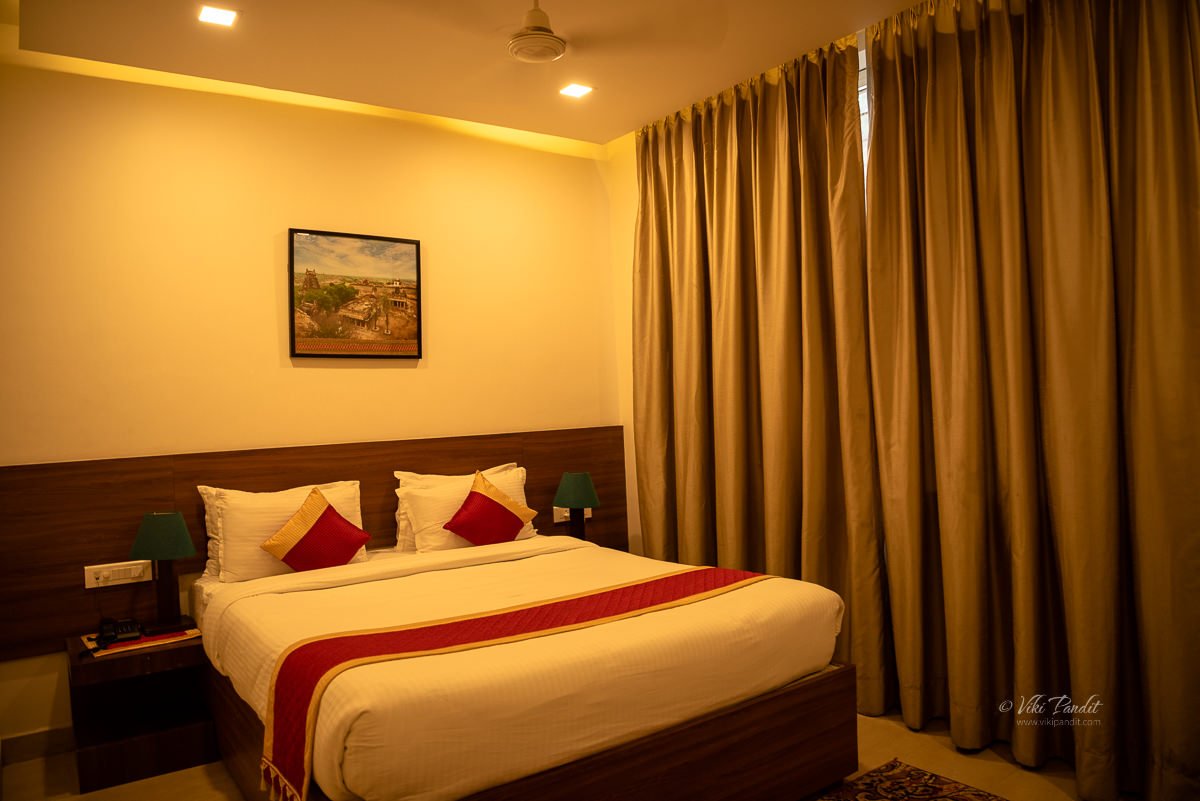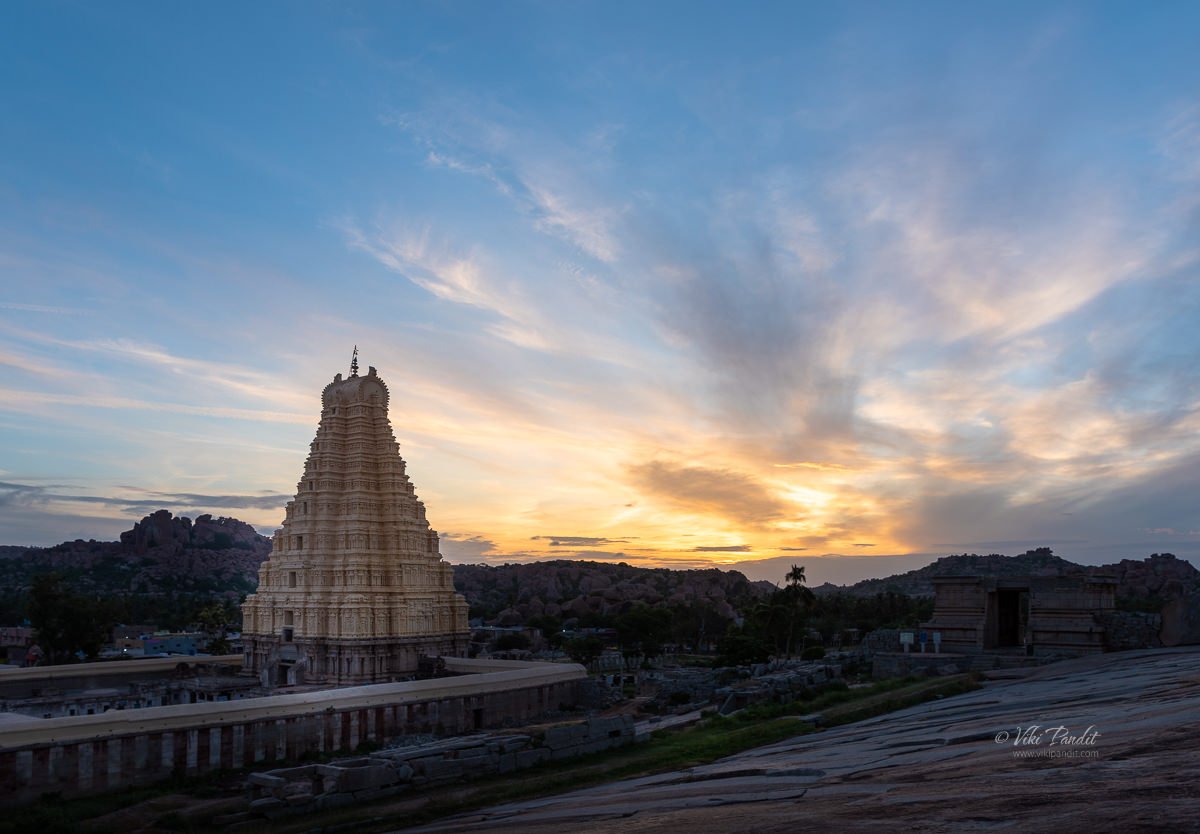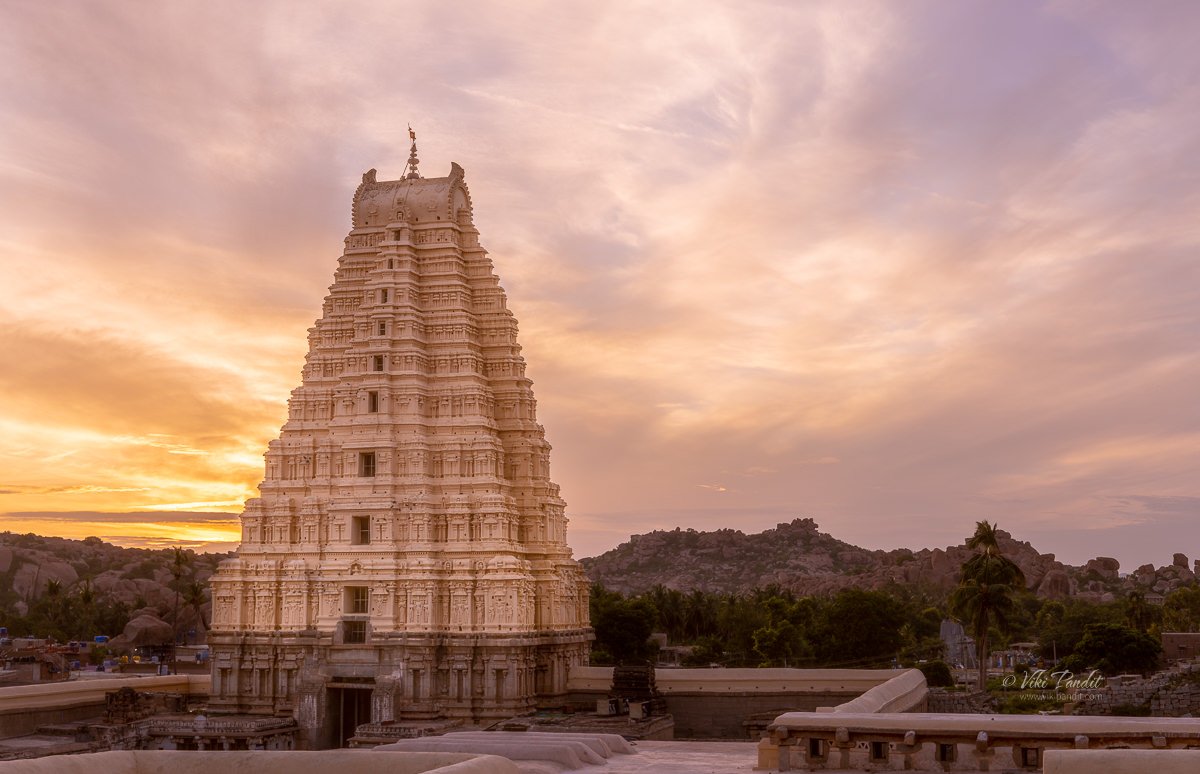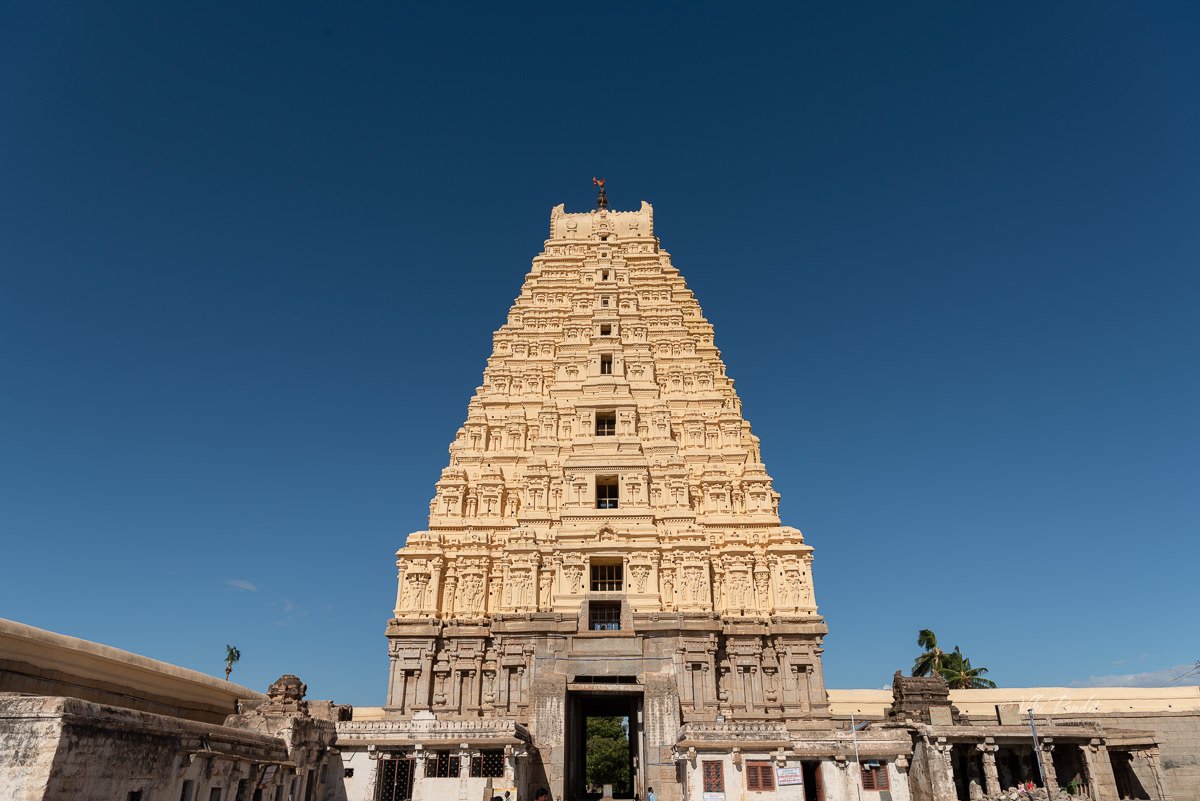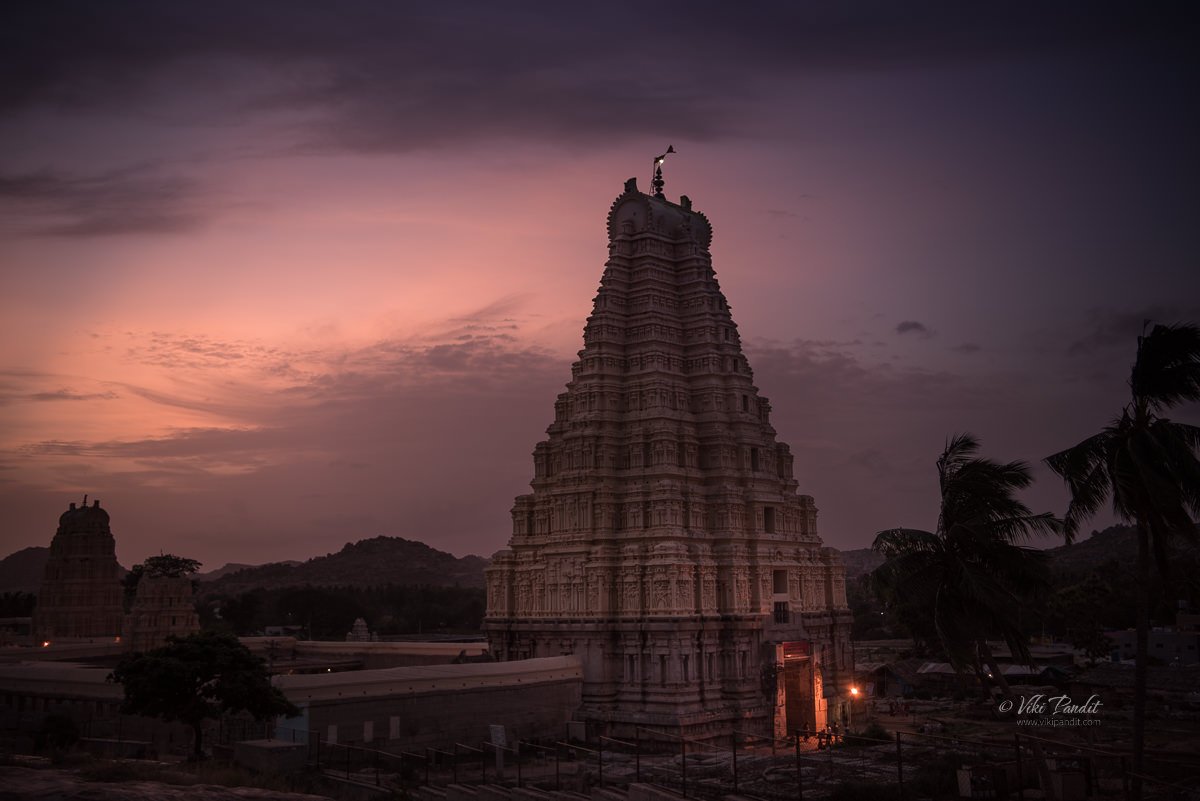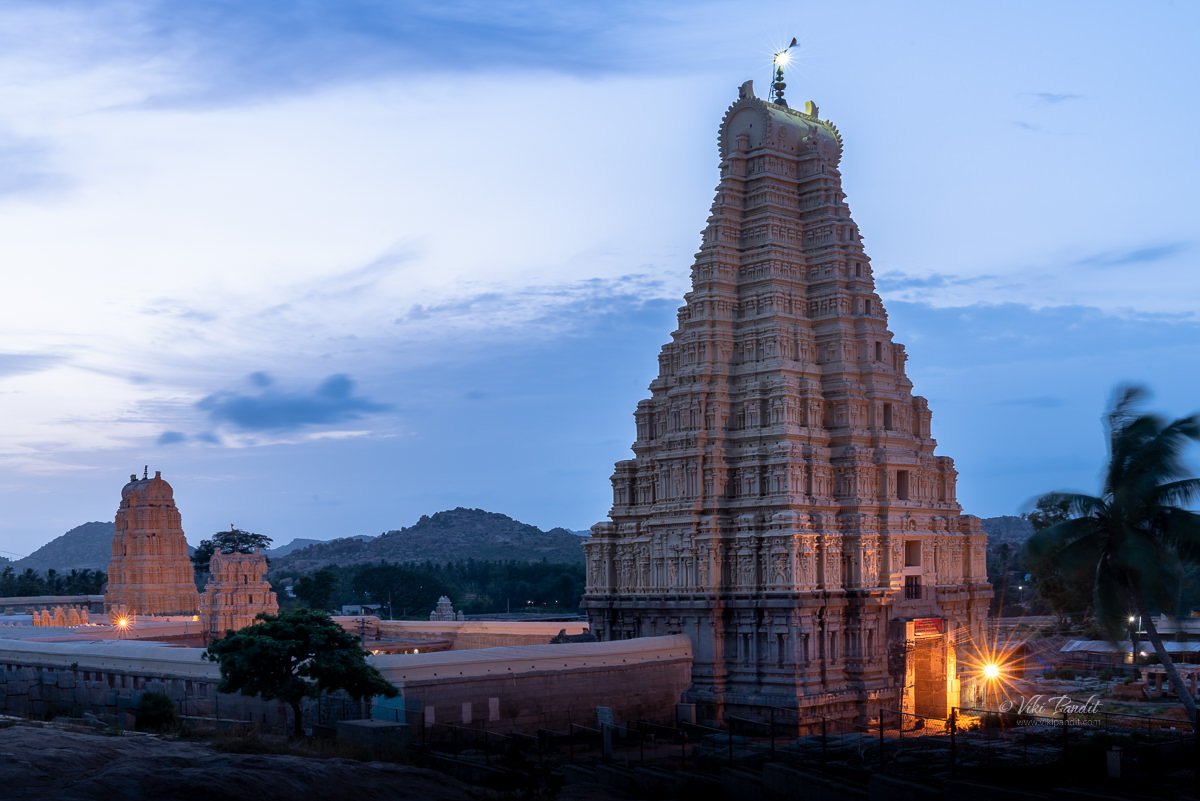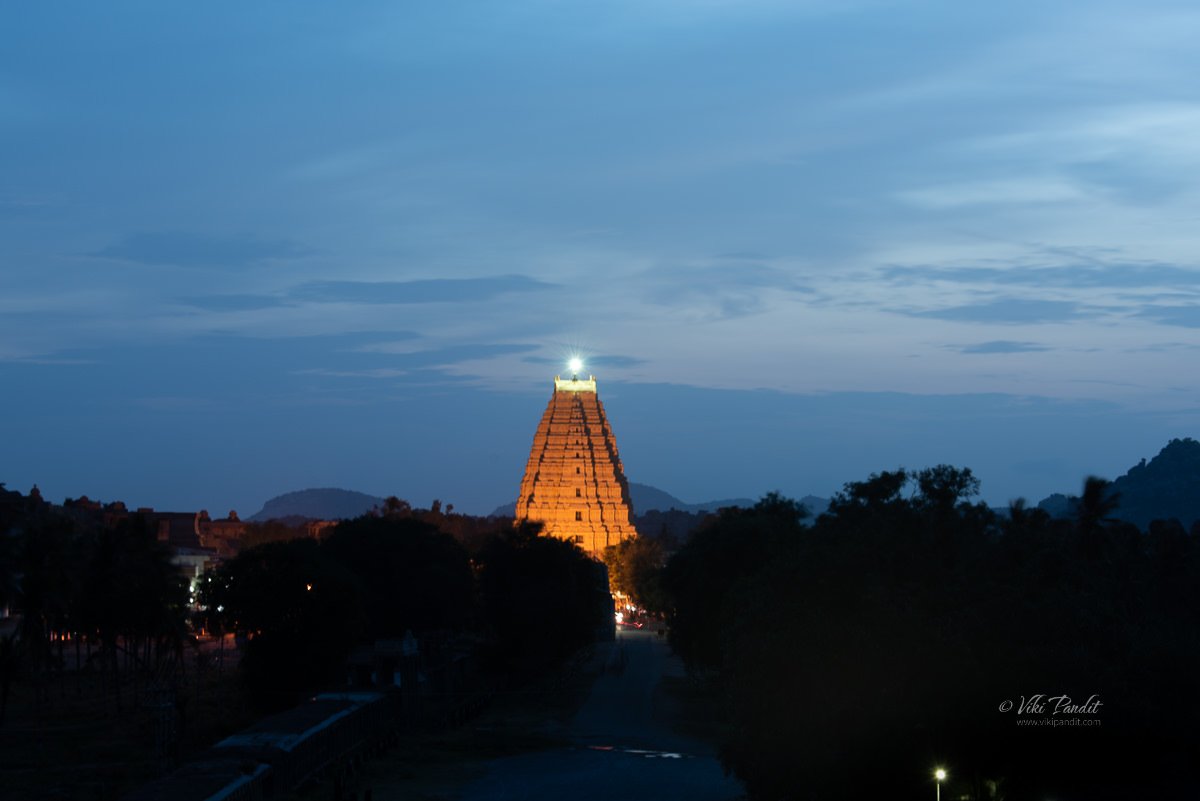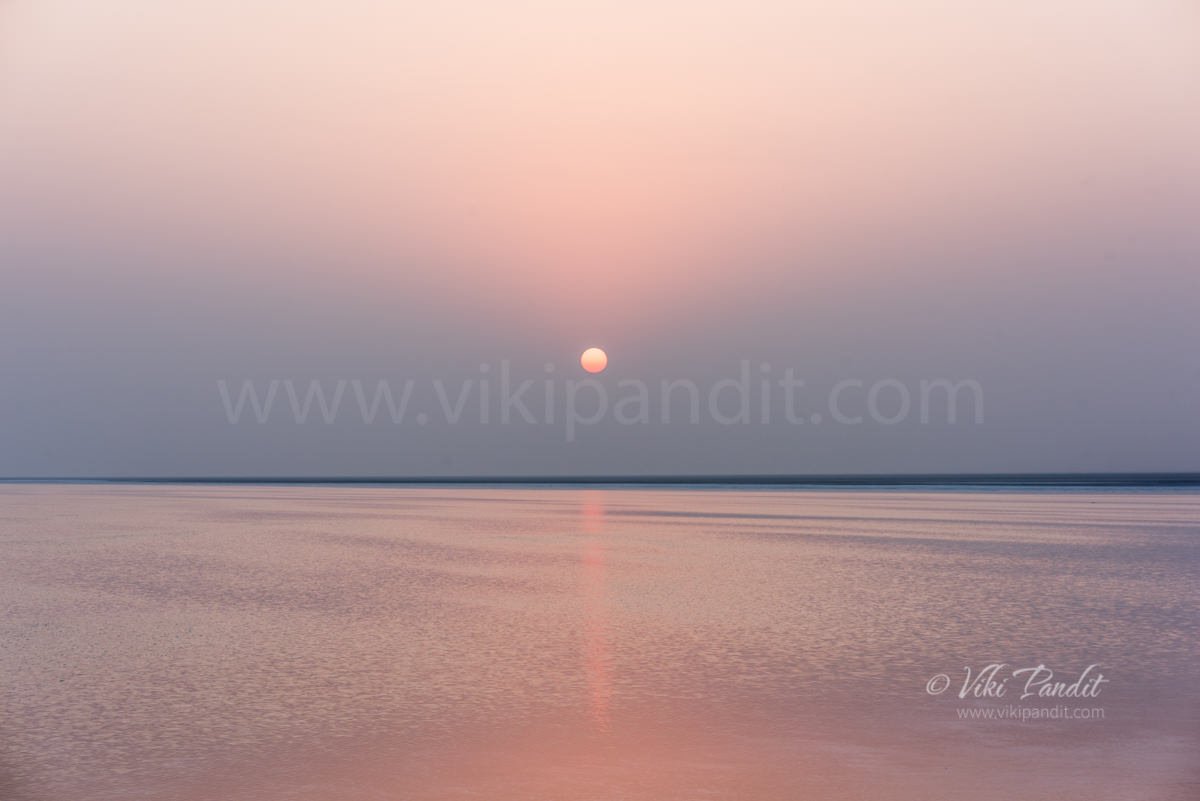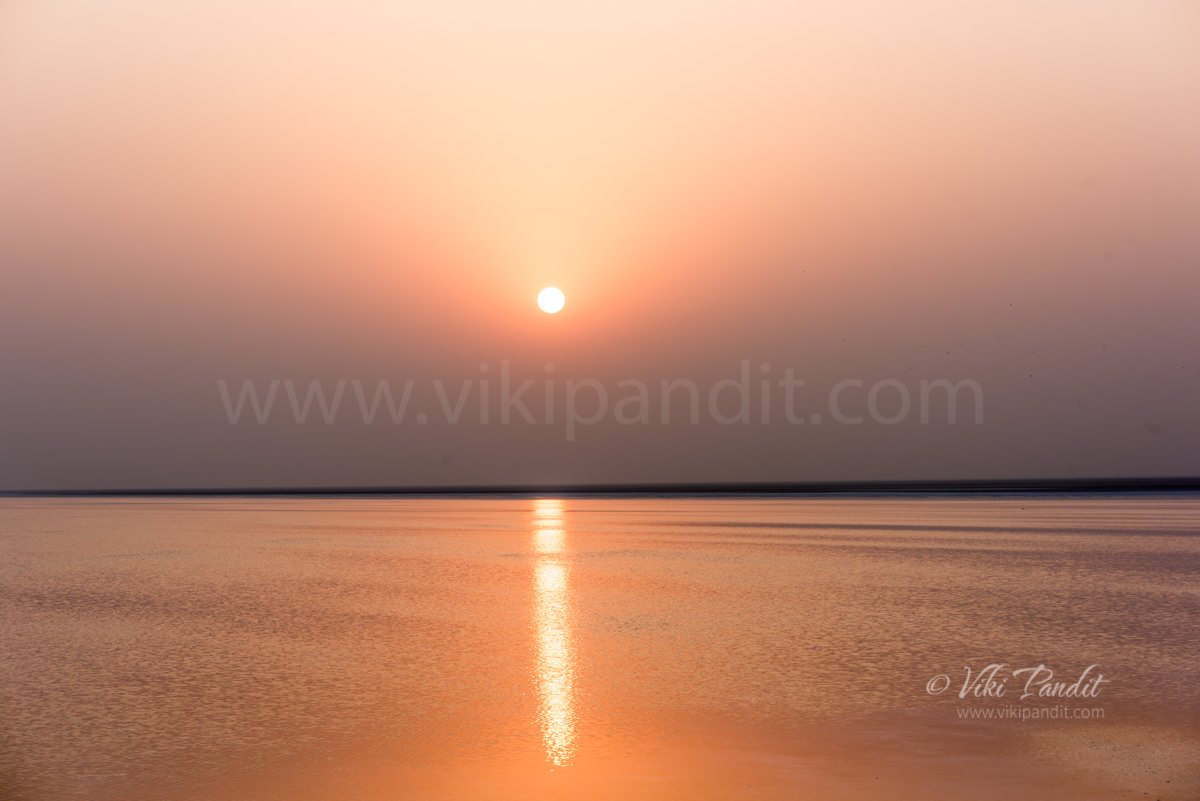India is a country, rich in cultural heritage with hundreds of ancient archaeological sites – each with its own mythical stories. The monuments on Hemakuta Hill in Hampi is one such cluster of ancient temples, archways and pavilions with local folklore spread over centuries.
Hampi’s claim to fame began when it became the capital of the Vijayanagara empire. However these temples on the Hemakuta Hill are among the oldest cluster of shrines in Hampi, preceding even the Vijayanagara reign.
The hill is located on the southern side of the Virupaksha temple, identified quite easily by the slopes dotted with a number of abandoned monuments. When the revered Virupaksha temple was still in its infancy, this hill used to be occupied by Shaivas, devotees of Shiva, who would come from far away parts of South India to pay respects.
You can access the hill via two opposite routes. The first path is just beside the Virupaksha temple’s main entrance. From there, if you are facing Virupaksha, take the left alley up the hill. I chose this route since it was closer to the parking lot.
Otherwise if you already near the Balkrishna Temple, you can take the series of steps up the hill, through the twin storied archway located near the Sasivekalu Ganesha shrine.
History of the monuments on Hemkuta Hill
There are more than 30 structures on the Hemakuta hill that belong to both, pre-Vijayanagara as well as Vijayanagara periods. Celebrated in history, rooted in myths and now a tumbled mass of magnificent residues of an empire, Hampi is probably the most renowned medieval Hindu metropolis in the history of the Deccan plateau. As the capital city of the Vijayanagara Empire, from the 14th to 16th century, it was unparalleled in wealth as well in culture in its time.
The monuments spread across the face of the hill are centuries old and represent a historical era of art and culture. The hill also contains as many boulders as temples.
These boulders date back to more than 3 billion years and are believed to be the earliest solidified rock on the planet. From where I stood, the hill appears to be a canvas of stones.
Mythology associated with Hemakuta Hill
Most of the Hemakuta monuments are dedicated to Lord Shiva. According to local folklore, Pampa, a local girl, performed intense penance on Hemakuta Hill, aspiring to marry Lord Shiva. The Stala Purana and the Pampa Mahatme both support this myth. Seeing her intense devotion, Shiva eventually consented to marry her. People say it rained gold on the hill thereafter. Since then this hill came to be known as Hemakuta which loosely translates into the “hill of gold”.
With time, Hemakuta Hill came to be deeply associated with Lord Shiva and many temples were built on the hill to worship this fascinating deity of the Hindu Trinity.
Architecture of Monuments on Hemakuta Hill
The architecture of the temples on the Hemakuta Hill is quite different from the typical Vijayanagara style of architecture found in many other temples in Hampi. The Hemakuta group of temples have a distinct style of their own.
The first marked difference you will see is the lack of carvings on the pillars. If you have been to Vitthala or any other temple commissioned by the Vijayanagar kings, you cannot miss the intricate Yali carvings and decorations on the columns that support the roof. None of the monuments on Hemkuta carry this trademark style.
The early 14th century temples on Hemakuta hill built during the rule of Harihara Raya I, incorporates the distinctive stepped Kadamba style.
These are the largest and most elaborately decorated temples, situated on the northern side of the hill and face the Virupaksha temple compound. Below is a view from the inside of the temple looking towards the Virupaksha Temple compound.
On the top of the hill lies the Mula Virupaksha Temple, considered by historians to be the original Shiva temple, before the grand Virupaksha temple was built at the base of the hill. Though not as grand as the one built by the Vijayanagara rulers, the Mula Virupaksha Temple represents a style of architecture that was popular before the Vijayanagara style came into being.
There are several other monuments in this area that are built in the pre-Vijayanagara style of architecture.
In the ancient times the whole hill was fortified with stone walls and one could enter the area only using the two gates at each end. Once you each the top of the hill you will find it is almost flat providing the perfect base for temples. There is also a natural pond formation making it perfect for the temple.
Near the Mula Virupaksha temple lies a granite rock with the carvings of the characters from Ramayana. Ramayana plays an important part in the mythological aspect of Hampi. You can read more about it in my journal on Kishkindha.
Afternoons at Hemkuta Hill
The gentle morning light grew into a bright day. The skies turned a vivid blue. In all my visits to the ancient city, I have never seen it more blue before.
The age old boulders were lit up in the golden Sun and looking for attention.
As I hiked down from the other side, I passed by the one of the prominent monuments, that of Sasivekalu Ganesha at the foot of Hemkuta Hill.
It was late in the afternoon. The Sun was harsh, so I left for the hotel.
Evenings at Hemkuta
After a fulfilling lunch at Clark’s Inn, I was back at the hill in the evening. This time I used the entry from Sasivekalu Ganesha side of the hill. Dusk had begun to kick in.
Among the Hemakuta monuments, most are in total ruins. Once home to half a million people, Hampi was ransacked in 1565 by the armies of the Bahamani sultanates. For hundreds of years, the City of Victory lay abandoned until it was rediscovered by the British in the 19th century.
The hike is pretty easy in a few minutes and I was up at the top of the hill.
Some of the temples that had escaped destruction during the Mughal invasions have suffered damage from the wear and tear of weather. I truly appreciate the efforts of The Archaeological Survey of India in its continued efforts to renovate these temples and bring back their lost glory.
The beauty of the ancient temples and the relative calm of the place make it an amazing place to spend some peaceful moments on the hilltop.
We waited at the summit for the sun to set. Hemakuta Hill is one among the best places in Hampi to see the sunset but not as tedious to reach the top when compared to Matanga Hill nearby, which is considered as the best location to watch sunset in Hampi. It was touching 6 pm. The security guard made us promise that we would leave in 10 minutes and went his way.
Today the sprawling beauty, a world heritage site of ancient monuments scattered across a landscape of enormous granite boulders, pulls in hundreds of visitors every year from around the world. After relishing the beautiful sunset we were on our way back to the hotel.
VISITOR INFORMATION
The Hemkuta hill area remains open throughout the day and night. But guards will probably heckle to leave at 6 pm.
No tickets are required to access the site.
Thanks for reading. Please leave me a comment if you liked the post or follow these connected stories of my visit to the mythical monkey kingdom of Kishkindha from the epic tale of Ramayana or take a virtual walk with me to the iconic Vitthala Temple.
